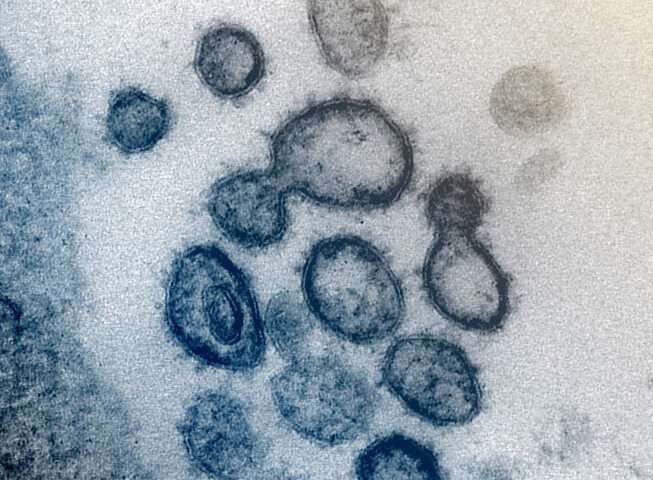Study projects the number of COVID-19 contagions to reach its peak in Spain in late November

The number of infections from COVID-19 will continue increasing rapidly until November, reaching its peak near the third week of the month. Furthermore, the number of people hospitalized will increase until early December, reaching the peak in the first days of the month; and the number of deaths will continue rising until mid-January of 2021. This is the result of a study in which researchers from the Polytechnic University of Valencia (UPV) and the Spanish National Research Council (CSIC) have taken part, and which has been published by journal Chaos, Solitons & Fractals.
In the study, the researchers have developed a randomized computational network model to study the dynamics of the spreading of COVID-19 in Spain, using it afterwards for the simulation of several scenarios depending on the availability or lack thereof of universal antivirals in chemists. In the first scenario, the study simulates the incidence of the virus in the current situation, in which said antiviral is not available, and reveals ‘very concerning’ figures.
“We conducted these simulations in June and, unfortunately, reality is confirming the results that we obtained. And if the trend continues, the figures that the model gives for the last days of this month and the beginning of December are very concerning, with an incidence that could multiply the maximum figures of the first wave by seven. Hence the importance of insisting, from all fields, on the fact that it is the responsibility of everyone to not reach these figures, being key,” adds Rafael Villanueva, researcher at the Institute of Multidisciplinary Mathematics (IMM) of the UPV.
Antivirals, an aid to decrease the impact on the health system and on human lives
“Until an effective vaccine is found, it is important to comply strictly with the safety measures such as using masks, social distancing, washing our hands often, etc. In addition, however, the use of the appropriate antivirals could be a good option to alleviate the symptoms, control the severity and prevent transmission. And this is what we have studied in this paper,” explains José María Benlloch, research professor at the CSIC and head of the Institute of Instrumentation for Molecular Imaging (I3M), a mixed center of the UPV and CSIC.
Thus, the UPV and CSIC team simulated the incidence of the virus with antivirals already being available, on different dates and with different transmission rates. In the first of these scenarios, in which the percentage of people with symptoms is low (15%) and the effectiveness of the antiviral is also low (35%), the model reveals a significant reduction of over 50% of people hospitalized during the peak number of cases. Furthermore, although the effectiveness of the antiviral decreases the number of hospitalisations significantly, it also pushes back the spreading to the highest number of people by 15 days and, as a result, also the saturation of the health system.
In the second scenario, the increase in the transmission rate decreases the effect of the antivirals, with greater risk of hospital saturation. And in the third, researchers simulated that the availability of the antivirals is delayed until 1 December. “The model makes it possible to determine the importance of having antivirals accessible in pharmacies as soon as possible, because any delay can decrease its impact, even to the point of making it lose its effectiveness,” says José María Benlloch. The study concludes that even when using antivirals with low effectiveness and spreading the disease to a low percentage of our contacts, it would be possible to achieve a significant decrease in hospitalisations, thus helping prevent an even greater saturation of the public health system.
“One of the most important conclusions of this simulation is that any action we take against COVID-19 adds to the fight against it. In this case, our model predicts that what we have called a democratic or universal antiviral is a tool of great value to decrease the incidence of this pandemic,” adds Rafael Villanueva.
Vitamin D
Source: Read Full Article
